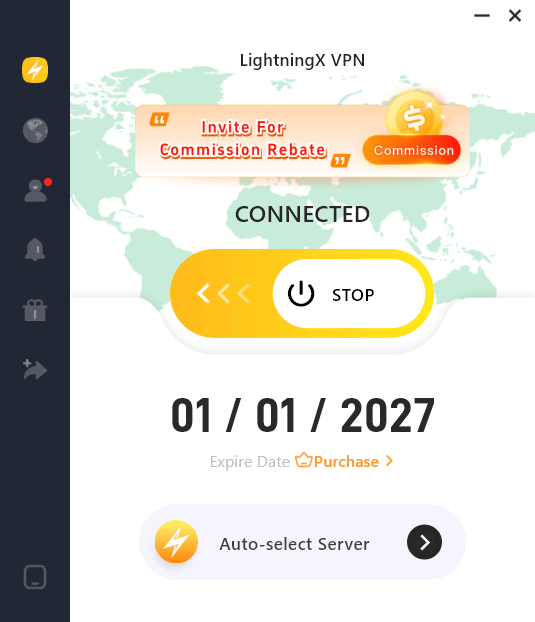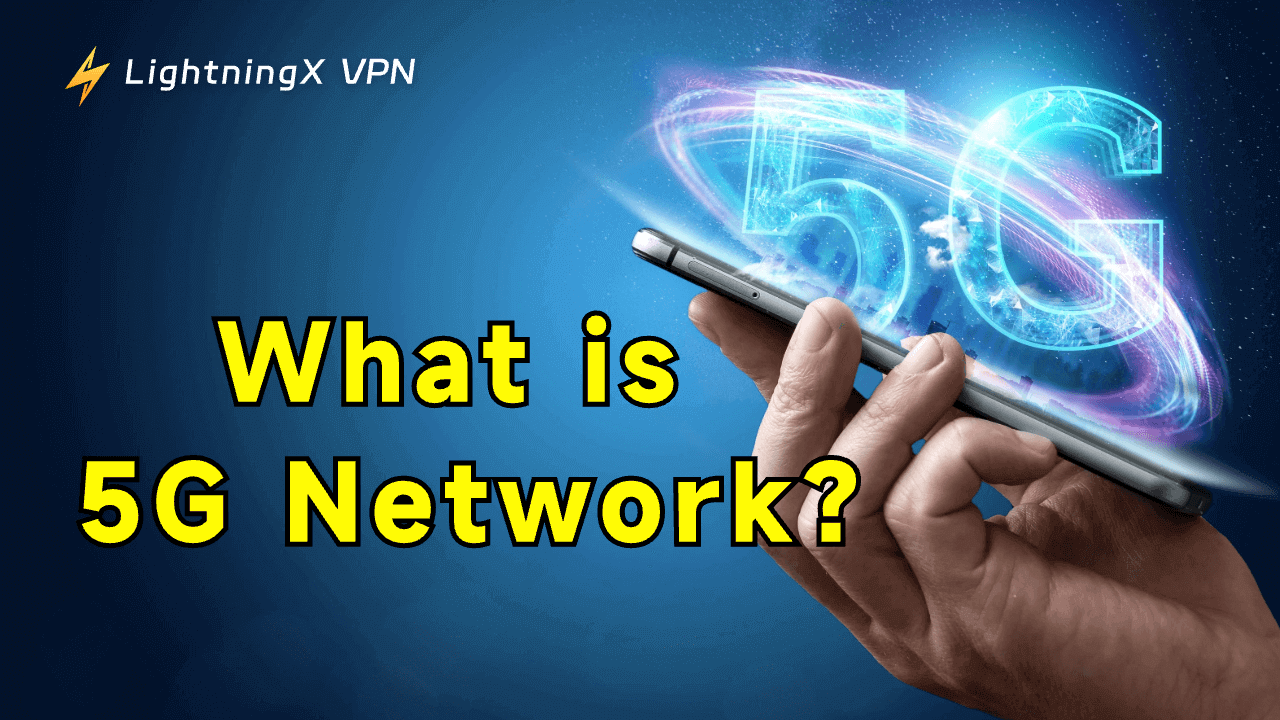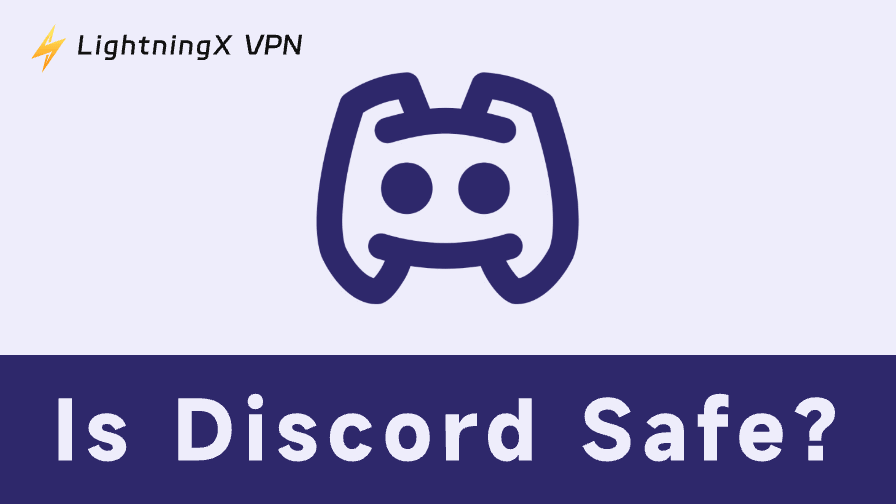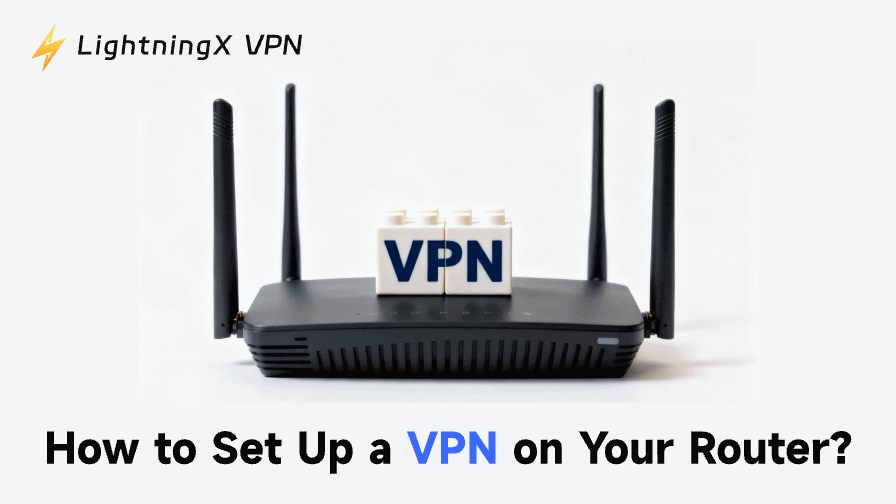If you’ve ever noticed the 5G icon flashing on your phone and wondered what it really means, you’re not alone. 5G network promises lightning-fast downloads, ultra-responsive gaming, and seamless streaming. But how does it actually work, who made it possible, and why does it sometimes feel like nothing has changed? In this article, we’ll break down the essentials of 5G.
What Is a 5G Network?
5G, the fifth generation of wireless cellular technology, provides better capacity, more reliable connections, and faster upload and download rates than earlier networks.
If you already have a rough idea of what 4G is, then 5G isn’t some mysterious leap – it’s just the next step forward. We all know it’s a communication technology, but more precisely, it’s a set of technical standards rather than just a “faster internet” label.
In reality, the 5G standard defines an entire system: network architecture, frequency bands, transmission protocols, and performance benchmarks that telecom networks around the world agree to follow.
In plain terms, that means higher peak speeds (up to 20Gbps), ultra-low latency (as little as 1 millisecond), massive device capacity (a million connections per square kilometer), and a level of reliability that makes your connection feel almost instantaneous.
How Does 5G Work?
Unlike 4G, which relied mostly on big towers covering large areas, 5G spreads its signal across different layers of spectrum, from low-band to mid-band to high-band, also known as millimeter wave.
Low-band travels far and cuts through walls easily, giving decent coverage even in the suburbs, while mid-band hits a balance between speed and range, perfect for streaming or video calls in the city.
High-band, on the other hand, is the speed demon: it can deliver multi-gigabit downloads but is easily blocked by walls, trees, or even heavy rain.
Two technologies make all this possible. MIMO, or Multiple Input Multiple Output, is like sending multiple paper airplanes at once instead of just one.
With multiple antennas working together, data can travel along several streams simultaneously, which means faster speeds, more stable connections, and better handling of obstacles.
Meanwhile, NR, or New Radio, acts like a new set of traffic rules for the wireless highway. It organizes how devices communicate with towers, allowing 5G to juggle massive amounts of traffic, keep latency extremely low, and optimize for all sorts of devices, from smartphones to self-driving cars.
When Was 5G Born and Who Invented It?
5G doesn’t have a single “birthday” or a sole inventor. It is the result of years of collaborative research and development by telecom companies, standardization bodies, and governments around the world.
Its development started roughly in the early 2010s, as mobile traffic surged and 4G networks began reaching their limits.
Key contributors include organizations like 3GPP (3rd Generation Partnership Project), which sets the global technical standards, and major telecom companies such as Ericsson, Nokia, Huawei, Qualcomm, and others that developed the underlying technologies, from radio access methods to high-speed infrastructure.
By the mid-to-late 2010s, early trials and pilot networks began appearing in select countries, and commercial 5G deployments started rolling out around 2019–2020.
So, rather than being “invented” by one person, 5G is a global team effort, combining decades of innovation in wireless communication to deliver higher speeds, lower latency, and support for a massive number of connected devices.
Real-World Impact of 5G
One of the most noticeable impacts is ultra-fast, low-latency connections, which make video calls smoother, online gaming more responsive, and streaming in 4K or even 8K more reliable.
Factories can use real-time sensors and automated machines more efficiently, smart cities can manage traffic and energy use dynamically, and autonomous vehicles rely on low-latency networks to communicate safely with each other.
Even benefits healthcare: remote surgery and real-time patient monitoring are becoming more feasible thanks to the speed and stability 5G provides.
Another important effect is connecting more devices simultaneously. 5G supports massive IoT ecosystems, meaning everything from smart appliances to environmental sensors can operate seamlessly together.
This increased connectivity is paving the way for innovations we’ve only dreamed about, like fully automated logistics, precision agriculture, and immersive AR/VR experiences.
What Distinguishes 5G from 4G and 3G?
Although 5G uses the same radio frequencies as earlier generations, it differs significantly from 4G, 4G LTE, and 3G in a few important ways. Among them are:
Increased velocity
Ten gigabits per second is the maximum speed that 5G networks can reach, ten times faster than 4G networks. This implies that jobs that were once labor-intensive – like downloading a movie or storing up a database – will now take a fraction of the time.
Minimal latency
Low latency is a major contributor to the performance increase. The time lag between sending and receiving data is known as latency. The latency of 4G networks could be as low as 200 ms. With 5G, that gets down to one nanosecond.
Increased bandwidth
5G is able to operate on a wider range of bandwidths (low, mid, and high bands) by increasing the radio spectrum resources from 4G’s sub-3 GHz to 100 GHz and higher.
5G has the ability to function in mmWave and lower bands, which significantly boosts multi-Gbps performance, low latency, and capacity. More devices can be linked to this bandwidth in order to send and receive data simultaneously.
Smooth, reliable connection with LightningX VPN

Even with high-speed networks, your experience can still be affected by congestion, regional restrictions, or network throttling.
LightningX VPN helps maintain a stable and unrestricted connection, offering unlimited bandwidth and minimal slowdowns. Whether you’re working, streaming, or gaming, it ensures your network stays seamless, secure, and reliable.
Is 5G Really Faster? Why It Shows on Your Phone but Feels the Same
You might have noticed the 5G icon popping up on your phone, but when you try to load a page or stream a video, it doesn’t always feel faster than 4G. That’s actually quite normal, and there are a few reasons behind it.
First, 5G speed depends on the type of spectrum your phone is using. Low-band 5G travels far and works indoors, but it’s not much faster than 4G.
Mid-band is faster and works well in cities, but high-band (millimeter wave) offers the super-fast speeds everyone talks about – only it has a very short range and can be blocked by walls, trees, or even rain.
Second, network coverage is still uneven. 5G is rolling out gradually, so unless you’re close to a high-band tower or a dense small-cell network, your phone might be on a slower 5G connection or even fall back to 4G without you noticing.
Third, real-world speed depends on network traffic and your device. Even if the network supports 10Gbps theoretically, if many people are using it at the same time, or if your phone can’t handle the maximum throughput, you won’t feel the peak speed.
Seeing 5G on your screen doesn’t automatically mean blazing-fast internet. It’s more like a combination of many aspects. Over time, as infrastructure improves and high-speed nodes become more common, that 5G icon will start to feel a lot faster.
Related: Why Is My Internet So Slow on PC, Phone, etc? How to Fix It?
Bottom Line
This post mainly introduces the 5G network. Hope now you can better know the 5G network and how it benefits various industries.

















